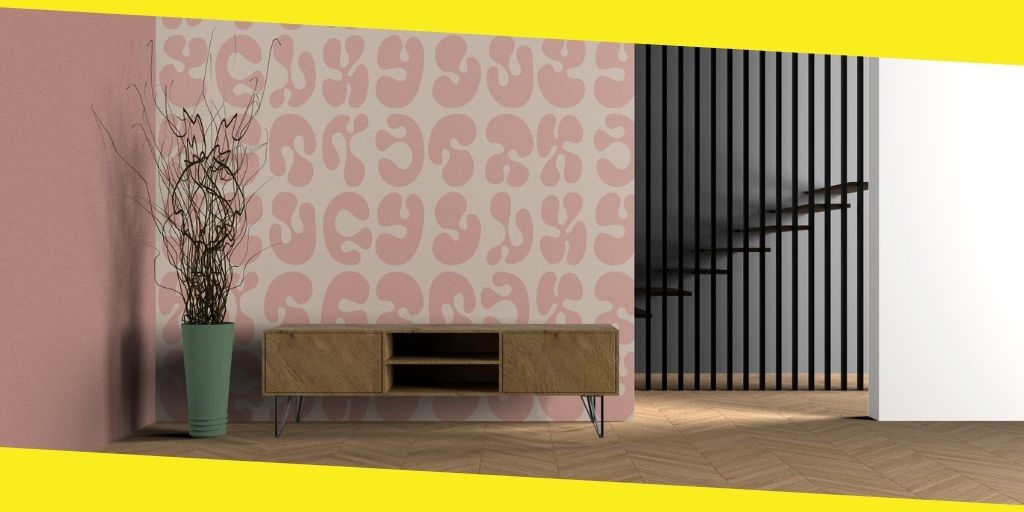
Wallpaper adds a pleasing appearance to one’s space. You can use them to brighten your new room or create a fresh look for your space. When you get bored with the look of your room, you can revitalize it with wallpaper. They add a sense of pleasure, elegance, and glamour to any space.
When you decide to paste custom made wallpapers on your room, you can get an expert to do the job for you. Choosing wallpapers alone might be quite challenging. If you are doing it by yourself, here are some important tips to guide you.
Choosing the right material
The materials used for producing home wallpapers are paper or vinyl-film paper. They can be easily handled, cleaned, and replaceable. The wallpapers also hide all the flaws on your wall. However, you must be watchful when hanging them because they can tear easily.
Another type of home wallpapers is embossed wallpaper. The texture of this wallpaper is stronger and hides more dents or faults on your wall. Bamboo wallpapers or fabric wallpapers are other alternatives to select from. These other materials have several disadvantages. Some of them do not stick well and not long-lasting.
Places to hang small wallpaper prints
Small wallpaper prints are suitable for spaces where you want maximum serenity and lesser entertainments, according to Corate. You can hang them in children’s rooms or master’s bedrooms. Small wallpaper prints do not fit well in the sitting room. They can get lost and fade easily in the living room.
How to get a larger optical illusion with wallpaper
If you wish to make your small room appear larger, then wallpaper will be the best option. They can create an optical impression that your room is large and wide. To achieve this, choose wallpaper with parallel lines. Wallpapers with perpendicular lines make a small room seem taller. Both the parallel and vertical patterned wallpaper are best used in perfectly squared rooms. A drop or diagonal striped wallpaper fits a rectangular room.
Create a pattern match
When pasting the wallpaper on your wall, ensure the patterns are matching and lining up properly. Create equal space between the parallel patterns. If it is horizontal wallpaper, make sure the pattern matches on both sides. Geometrical wallpaper needs more attention when pasting to achieve equal pattern repeat. You can work loosely around floral patterns.
Wallpaper in a low ceiling room
If you have a room with a low ceiling, you can use special wallpapers with colour slope. The colour slope might be dark to light colours. You can also use vertical pattern wallpaper for a little effect. At best, painting the ceiling in a light colour or white can give an impression of height.
Common errors with wallpaper
One of the mistakes you can make is pasting the wallpapers in a disorganized pattern. Crosscheck the patterns well and how they will be pasted before finally pasting them on your wall. Ensure there is a unified connection of the patterns as you are wallpapering. Avoid exposing the borders and the seams.
Choices of wallpaper
The function of the room should determine the choice of wallpaper. Also, consider the maintenance and usage period. Water-resistant wallpapers are suitable for the kitchen, children’s rooms, or lobbies. Choose the wallpaper material that can fit how long you want it to last.